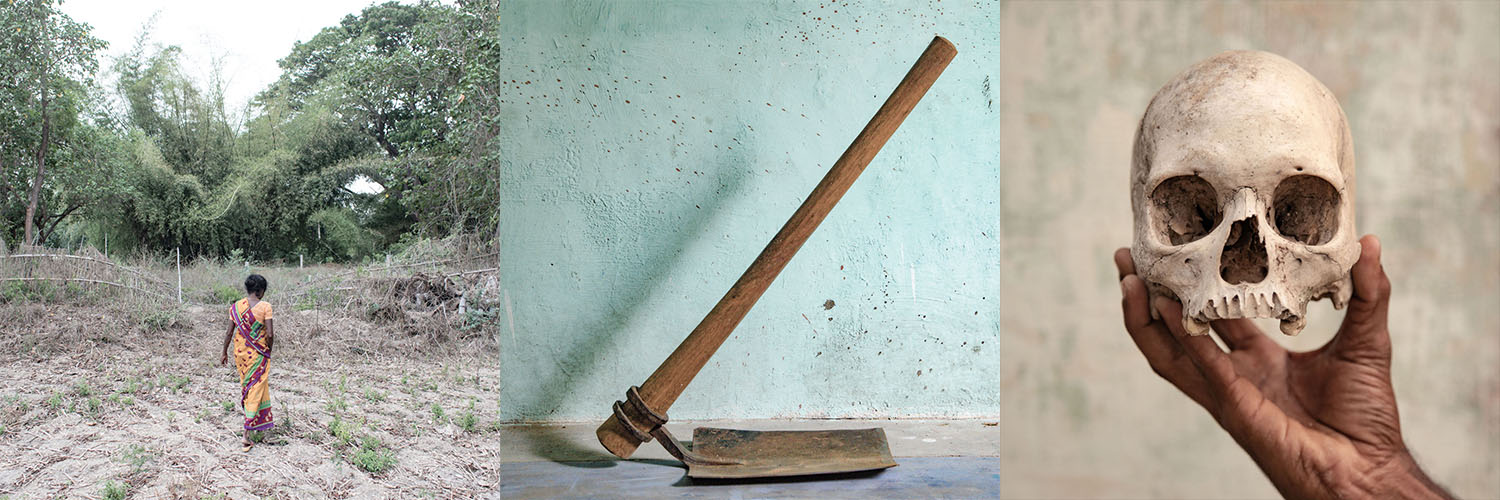The World Photography Organisation and Sony pay tribute to photographers striving for excellence with the prestigious Photographer of the Year award. By putting those who belong centre stage, the Photographer of the Year title helps establish and celebrate the finest photographers of our time.
On April 17 Italian photojournalist Federico Borella was announced as the 2019 Photographer of the Year. Borella receives $25,000 (USD) and a range of Sony digital imaging equipment. Photography has the power to shape our understanding of the earth we inhabit and the World Photography Organisation hopes its support will help promote Borella’s series Five Degrees to a wider audience.
The World Photography Organisation caught up with Federico a few hours after he was announced as the winner of this prestigious award.
A big congratulations Federico on being awarded the 2019 Sony World Photography Awards Photographer of the Year title. Can you share with us what this particular award means to you?
Winning Photographer of the Year makes me so happy because it means my story can reach so many people. My phone started ringing after 11pm last night and it hasn’t stopped ringing since! I’ve got messages from all around the world...People want to hear to listen to the story I want to tell. This award helps me to be recognised as a documentary photographer, which is super important. How can I ask for more.
The origin to your winning series Five Degrees is intriguing, can you share how this project came about?
Five Degrees started in January 2018 when I was looking for climate change related story in India. I started searching online and found this interesting study by a PhD student from University of California, Berkley, which put India’s rising temperatures in relation to the increase of suicides amongst the country’s farmers.
I started my project in Tamil Nadu, a state in India facing the worst drought in 140 years. The temperatures were so high while I was working there and those farmers have to carry out intensive labour – working the field all day long – in that heat. In the Maharashtra state there are almost 10 suicides per day.
We meet citizens who’ve been exposed to the tragic hardships of global warming and their vulnerability is hard to process. When meeting these people and hearing their stories it must have been difficult not to get emotionally involved?
When I started this project I felt it must be so incredibly hard to live in a land so unproductive and uninhabitable because of the environmental and political hardships the farmers and their families have to endure. It wasn’t difficult to take pictures because these people wanted to be listened to and wanted to tell their stories. I did find it hard not to get emotionally involved, yet as a photojournalist I have a duty to be the subjects’ voices and tell their stories to as many people as possible.
Five Degrees is an interesting edit: you mix still life, portraiture and landscape images to create a powerful story. Can you tell us more about your creative decisions for this series?
I spent three months before my trip thinking about how can I put this story in images. I studied classical literature at university which helped me weave a narrative into the work. My intention was to show the absence of the dead without using dramatic, hard hitting pictures. I felt a square format and mostly still life would work best. This is a delicate topic, which needs to be dealt with sensitively, so I abandoned the traditional, more direct, photojournalist approach. I feel the picture of the shovel achieves this by showing the absence of the owner.
What is the goal with Five Degrees and how do you think the Sony World Photography Awards can help facilitate in achieving that goal?
My goal is to create a much larger body of work looking at climate change in India. The first chapter (Five Degrees) is regarding the past and the next chapter should be about the present. The chapter after that should be, of course, about the future. Five Degrees is about the absence, the loss, so the next chapter might well be about hope and how India and the rest of the world is modifying its behaviour for cleaner energy. The Sony World Photography Awards can give me the global exposure this project needs.
Do you see yourself more as a reporter than a photographer?
This is a good question! I see myself more as a reporter because I like to be the voice and eyes of the people who do not have the same platform to communicate their stories to the rest of the world.
Your series will be seen by thousands of people while here at Somerset House and they’re sure to be moved by your story. What advice would you give them if they hope to make a difference to global warming?
I hope this project will act as a reminder. We can get wrapped up in our everyday routines: when it’s cold in winter we heat our homes or when we’re running late and drive our cars rather than cycle. I hope the work helps us remember on the other side of the world someone is suffering because of climate change.
Has there been anything that you’ve found particularly interesting about the Sony World Photography Awards Exhibition?
Somerset House is the most beautiful place to be exhibited – it really is an amazing venue. In terms of the exhibition every single series is printed and framed with a lot of attention to detail, the curator has done a wonderful job. In my pictures, for example, I have a light wooden frame, which complements the wood seen in the landscape I am photographing. It helps to add a lot to the story I am telling.
Federico Borella takes over our Instagram feed this week (April 21 to 27 2019). Sharing images from his series Five Degrees.




